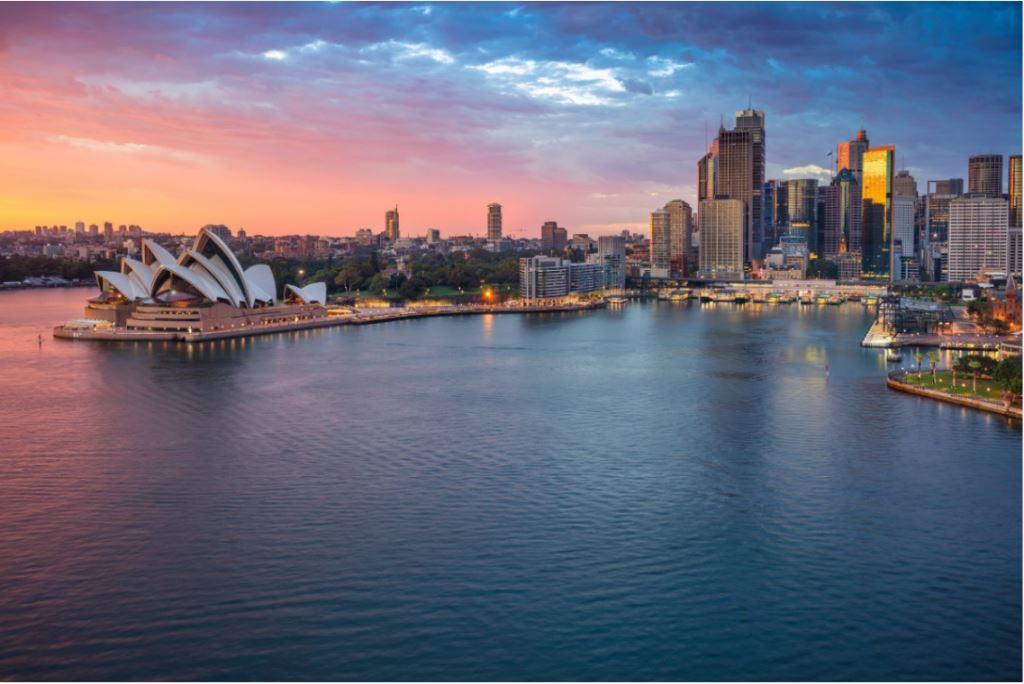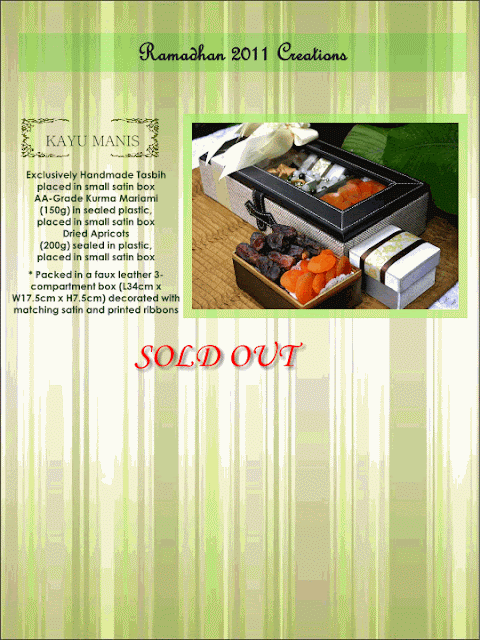When you think of a Melbourne hamper, you probably picture a hand‑crafted spread of gourmet treats, a splash of local wine, and a little note tucked inside. What you might not immediately notice is the growing trend of eco-friendly packaging that surrounds these gifts. Melbourne’s vibrant food scene, coupled with a city‑wide commitment to sustainability, has turned packaging into a statement of values. In this article, we’ll unpack the reasons behind this shift, explore the benefits for both givers and receivers, and show how a green choice can add a touch of charm to any hamper.
The Rise of Eco-Conscious Consumers
Melbourne’s residents are no strangers to the phrase “live green.” From bike lanes to rooftop gardens, the city’s culture embraces environmental stewardship. This mindset extends to gifting habits: people want their presents to reflect their principles.
- Awareness is key – A recent survey found that 68% of Melbourne shoppers prefer products with clear sustainability credentials. Social proof matters – Instagram feeds full of “zero‑waste” hampers inspire others to follow suit. Generational shift – Younger consumers are less tolerant of wasteful packaging and expect brands to act responsibly.
So, what if your hamper could do more than just look good? By choosing eco-friendly packaging, you align your gift with the values of the recipient, making the gesture feel even more thoughtful.
Environmental Impact of Traditional Packaging
Traditional packaging often relies on single‑use plastics, excessive paper, and non‑recyclable materials. The consequences ripple through the planet:
- Carbon footprint – Manufacturing and transporting conventional packaging adds significant greenhouse gas emissions. Landfill overload – Non‑biodegradable materials clog landfills and leach harmful substances into soil and water. Resource depletion – Raw materials like timber and petroleum are consumed at unsustainable rates.
In contrast, eco‑friendly alternatives are designed to minimize these impacts:

- Biodegradable films that break down in weeks rather than centuries. Recycled paper that reduces the need for virgin timber. Plant‑based inks that avoid toxic chemicals.
A recent study highlighted that a Melbourne hamper made with recycled cardboard saves up to 60% of the energy used in traditional packaging production. That’s a win for the planet and your conscience.
Design Flexibility and Brand Storytelling
Packaging is more than a protective shell; it’s a canvas for storytelling. Eco‑friendly materials offer unique design possibilities:

- Textured finishes that mimic natural fibers, giving a tactile experience akin to a green handshake. Customizable shapes that allow brands to create distinctive silhouettes, turning a simple box into a memorable keepsake. Embedded messaging – Sustainable packaging can feature QR codes linking to sustainability reports, adding depth to the brand narrative.
A local café in Fitzroy once launched a “Zero‑Waste Hamper” line. Their packaging, made from reclaimed denim, carried a subtle message: “Every stitch tells a story.” The result? A surge in repeat customers who felt connected to the café’s mission.
The Power of Personalization
- Engage the senses – Use natural dyes for color, leaving a subtle scent of eucalyptus. Add a personal touch – Hand‑written notes inside a recycled notebook make the hamper feel intimate. Create a legacy – Packaging that can be reused or upcycled encourages long‑term interaction.
When you gift a hamper, the packaging becomes part of the experience. It’s the first impression, the envelope that whispers, “I care about your world.”
Cost Considerations and Long‑Term Savings
At first glance, eco‑friendly packaging may seem pricier. However, the economics of sustainability often reveal hidden savings:
| Factor | Traditional | Eco‑Friendly |
|--------|-------------|--------------|
| Material cost | $0.10 per unit | $0.12 per unit |
| Waste disposal | $0.05 per unit | $0.01 per unit |
| Brand loyalty | Low | High |
| Regulatory incentives | None | Tax credits, grants |
The slight increase in material cost is offset by reduced waste disposal fees, potential tax breaks, and the intangible benefit of a stronger brand reputation. Moreover, many suppliers now offer bulk discounts for sustainable materials, making eco‑friendly options more competitive than ever.
A Melbourne chocolatier reported a 15% rise in sales after switching to bamboo‑based packaging, citing increased customer trust and media coverage as key drivers.
The Perfect Gift Awaits
Choosing the right packaging is like selecting the perfect wine for a dinner party—it sets the tone and enhances the overall experience. Here’s how to make your decision:
- Assess your budget – Look for suppliers that offer tiered eco‑friendly options. Match the aesthetic – Ensure the packaging style complements the hamper’s contents. Check certifications – Look for labels such as FSC, Cradle to Cradle, or B Corp. Consider the recipient – A minimalist design may appeal to a design‑savvy friend, while a vibrant, handcrafted box could delight a foodie.
Remember, Food hampers a well‑chosen package is more than a container; it’s a conversation starter. As the packaging expert Sarah Green once said, “Sustainability is not a trend, it’s a responsibility.” By embracing eco‑friendly packaging, you’re not just giving a gift—you’re giving a message that resonates long after the last bite.
---
In Melbourne’s bustling markets and boutique shops, eco‑friendly packaging is no longer an optional extra; it’s the new standard for conscientious gifting. By understanding the environmental benefits, design possibilities, and cost advantages, you can select a hamper that feels as good as it looks. https://messiahyjlt382.lowescouponn.com/how-to-ensure-timely-delivery-of-sydney-gift-hampers-for-corporate-events So next time you’re curating a gift, think of the packaging as the silent ambassador of your values—one that carries the promise of a greener tomorrow.